Buda Castle: History, Museums, and Visitor Information
Buda Castle sits on top of Castle Hill like a massive crown overlooking the Danube River. This place isn't just another tourist spot. It's packed with Hungarian royal history, stories of Ottoman rule, Habsburg power, and how the city bounced back from war. The huge Baroque building has three amazing museums inside and some of the best views you'll find anywhere in Europe.
When we first walked through these courtyards, it felt like traveling back in time. You can see medieval stones mixed with Baroque walls, and little Renaissance details that tell stories about King Matthias Corvinus and his golden age. This castle has survived more than 30 attacks, been rebuilt so many times, and now it's a UNESCO World Heritage Site that really shows you what Budapest has been through.
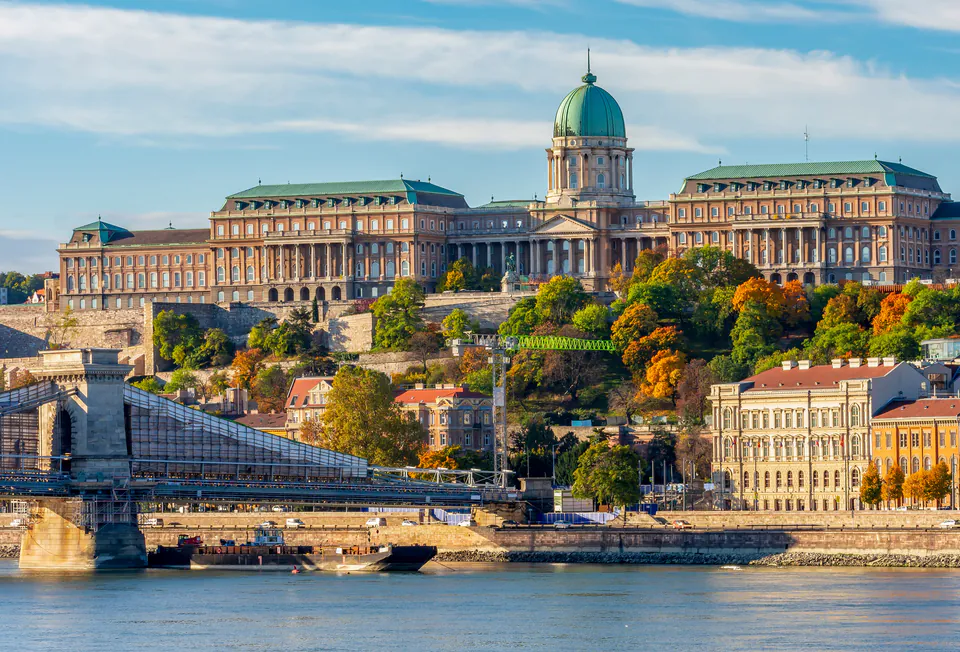
How This Royal Palace Came to Be
Back in 1265, King Béla IV was still worried about those terrible Mongol attacks, so he built a stone fortress on this hill. What started as protection slowly became where Hungarian kings lived and ruled. The first medieval building turned into an amazing Gothic palace when the Anjou Dynasty took over, and then King Sigismund made it even bigger until it was one of the largest royal homes in medieval Europe.
The 1400s were the castle's best years under King Matthias Corvinus. He loved Italian Renaissance style and turned this Gothic palace into a place where Europe's best artists and smart people wanted to come. Buda became the first Renaissance center north of the Alps. The castle's libraries and art were as good as what you'd find in Florence or Rome.
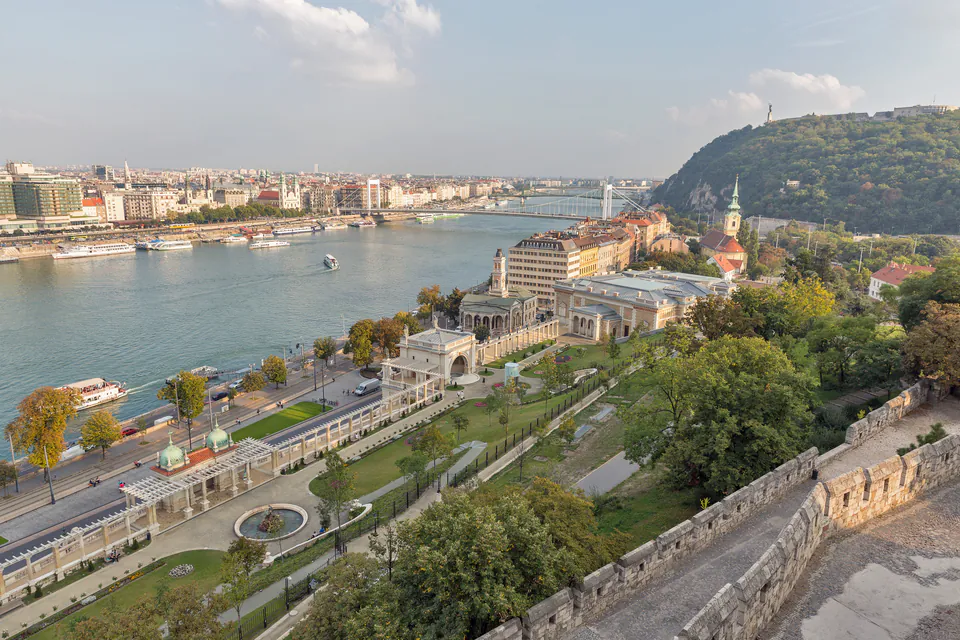
Then in 1541, the Ottomans took over and everything changed. For more than 150 years, this beautiful royal palace became army barracks and storage rooms. They even used the fancy halls as horse stables. When the Habsburg forces finally got Buda back in 1686, the palace was basically destroyed.
The Habsburgs rebuilt everything in Baroque style between 1749 and 1769. Architects Johann Lukas von Hildebrandt and Nicolaus Pacassi created what you see today, with those impressive walls and fancy courtyards. When Empress Maria Theresa was in charge, the castle became a learning center again, with big libraries and great art collections.
World War II was terrible for the castle. The 1945 Siege of Budapest destroyed most of it, and tons of priceless art and historical stuff was lost forever. After the war, during communist times, they rebuilt it as the simpler Baroque building you see now. Recent restoration work has tried to bring back some of the old decorative beauty.
Walking Around the Castle
The Royal Palace covers the whole southern part of Castle Hill. It's like a maze with different wings and courtyards, and it has three big museums: the Hungarian National Gallery, Budapest History Museum, and National Széchényi Library. Each one shows you different parts of Hungarian culture and history.
Lion Court is the main courtyard, surrounded by the palace's main buildings. It's named after those big lion statues that guard the entrance. These lions were carved in the late 1800s and have become symbols of Hungarian royal power and how the country never gives up.

Hunyadi Courtyard has the beautiful Matthias Fountain, which is this elaborate sculpture celebrating Hungary's Renaissance king. Tour groups often meet here, and it's where you can get wheelchair access to the castle grounds.
The Savoy Terrace has one of Budapest's most amazing views. You can see across the Danube to all of Pest's grand buildings and the Parliament's Gothic towers. You don't have to pay anything to go here, and they often have events. It's perfect for photos any time of day.
Museums and Amazing Art
Hungarian National Gallery
The National Gallery takes up the middle parts of the palace and shows Hungarian art from medieval times to today. You'll see Gothic altar pieces, Renaissance portraits, 19th-century romantic paintings, and modern stuff. It's basically everything Hungarian artists have ever done.
The best part is going up to the Royal Palace dome for 360-degree views over Budapest. It's only 56 steps up and pretty easy, with a viewing area that's open April through November if the weather's good. They only let a few people up at once, so we always recommend booking ahead during busy times.
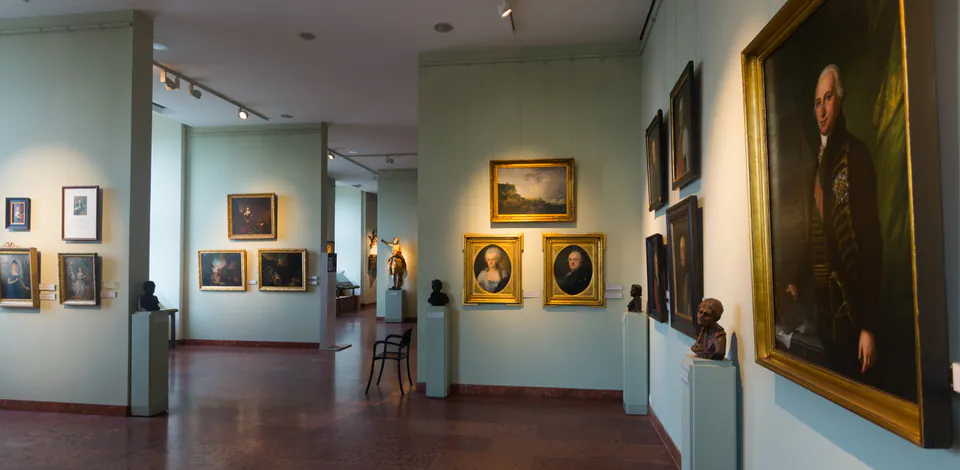
Budapest History Museum
This museum is in the southern wing and shows how Budapest changed over 2,000 years, from Roman Aquincum to the big city it is today. The medieval rooms have Gothic statues and building pieces they found when rebuilding after the war. You can see what the castle looked like way back then.
St. Stephen's Hall is the most incredible room in the museum. They just finished restoring it to show how grand the royal palace used to be. You need timed tickets to get in, and it really shows you what life was like for the Habsburg court. Just so you know, the hall is closed for maintenance from March 16-31, 2025, but the rest of the museum stays open.
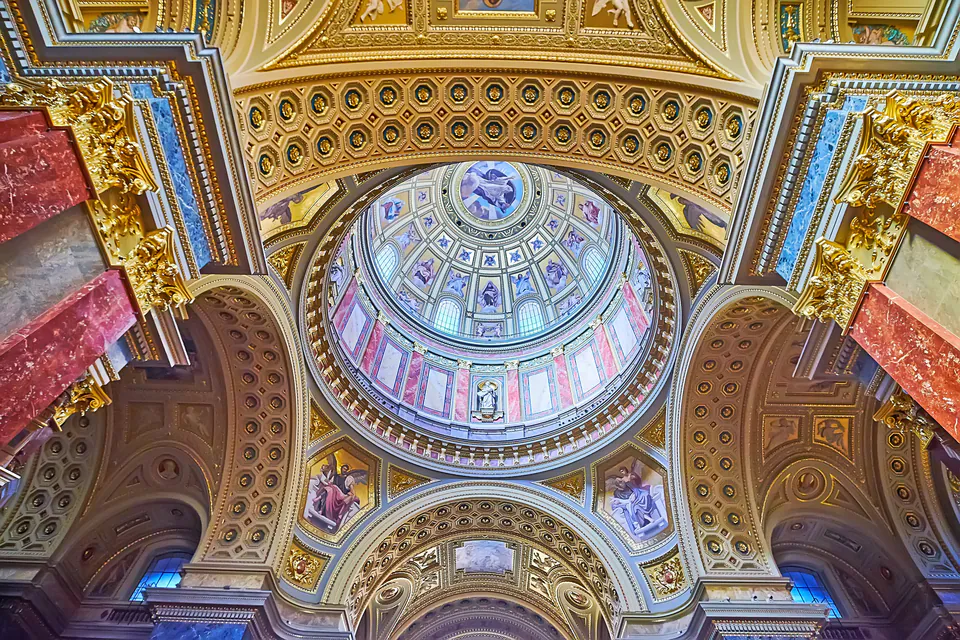
National Széchényi Library
Hungary's national library has over 15 million books and documents, including the first book ever printed in Hungary and tons of Hungarian literature, maps, and old manuscripts. It's mostly for researchers, but sometimes they have exhibitions that regular visitors can see.
Views That Will Blow Your Mind
Buda Castle sits up high, so you get amazing views from lots of different spots. The Fisherman's Bastion is technically part of the bigger Castle Quarter and has the most famous views with those fairytale towers that frame the Parliament building and Danube bridges.
The Savoy Terrace near the National Gallery entrance has equally amazing views and you don't have to pay anything. This big terrace has clear views across the Danube to Pest's grand buildings, including St. Stephen's Basilica's huge dome and the Parliament's neo-Gothic towers.
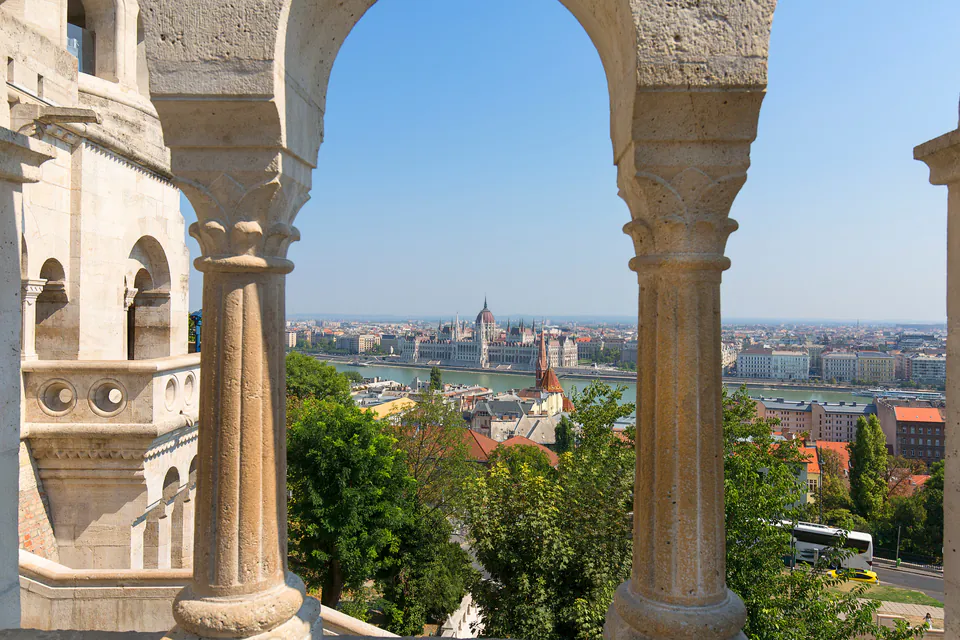
Walking along the castle walls gives you different views of the rolling Buda Hills and how the Danube curves. There's a really popular photo spot near the National Gallery entrance that frames Matthias Church's colorful roof against the Parliament in the distance.
For the ultimate view, the Royal Palace dome terrace looks out over both Buda and Pest. The seasonal viewing platform (April-November) needs a National Gallery ticket, but you get unbeatable views of the city's bridges, thermal baths, and historic areas.
How to Get There and What You Need to Know
Getting There
Castle Hill Funicular is the most scenic way to get there from Clark Ádám Square near the Chain Bridge. This historic railway runs every day except for Monday maintenance on odd weeks. We learned there can be long lines during busy times, so get your tickets at the bottom station.
Public buses 16, 16A, and 116 go to the castle from Széll Kálmán Square and Deák Ferenc Square, with good connections from central Budapest. These buses drop you off near Dísz tér in the Castle Quarter.
Walking routes go up Castle Hill from different places, including paths from the Chain Bridge and Széll Kálmán Square. The climbs are steep but doable, and there are elevators in some places to make it easier.
Driving is possible but tricky because there's not much parking and you have to pay daily fees throughout the Castle District. The underground garage at Várkert Bazár has paid parking at the bottom of Castle Hill, and street parking costs money everywhere in the area.
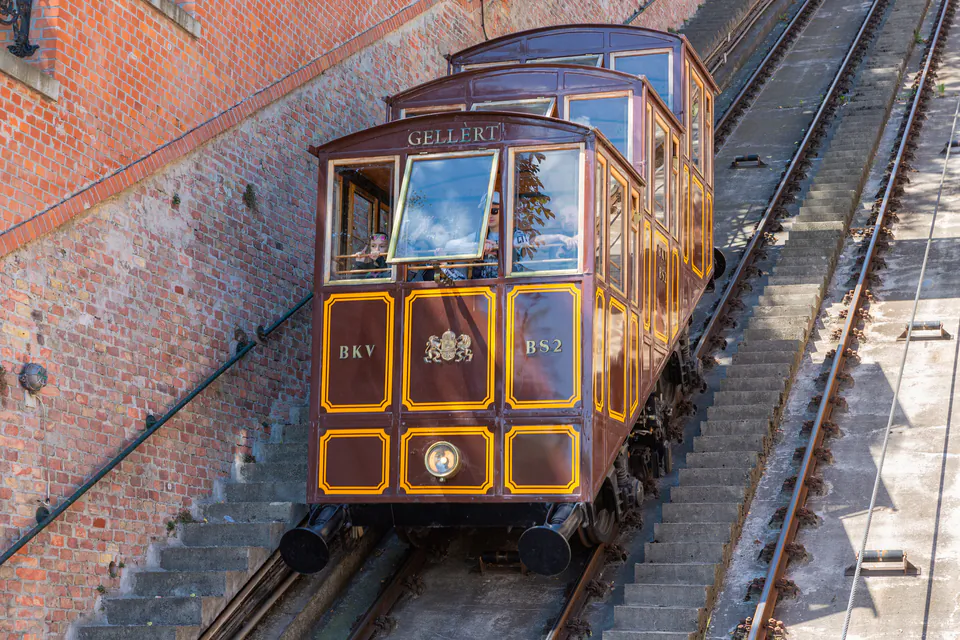
When It's Open and How Much It Costs
The castle grounds and courtyards are open 24/7 all year, so you can see the outside buildings and amazing views anytime. But the museums inside the Royal Palace have specific hours:
Museum Opening Hours and Admission
| Attraction | Opening Hours | Adult Price | Special Notes |
|---|---|---|---|
| Hungarian National Gallery | Tue-Sun 10am-6pm (closed Mondays) | 3,200 HUF | Free on national holidays, dome access extra |
| Budapest History Museum | Mon-Sun 10am-6pm | 3,800 HUF | Museum 2-in-1 with St. Stephen's Hall: 4,500 HUF |
| Fisherman's Bastion | 24/7 (upper towers ticketed 9am-7pm/9pm) | 1,500 HUF | Free before 9am and after evening hours |
| National Széchényi Library | Tue-Fri & Sat mornings (varies) | Free | Primarily for researchers |
Students and seniors get discounts at most places, and kids often pay less. The Budapest Card gives you free or cheaper entry to several castle attractions, so it's worth it if you're planning to see multiple sites.
Tours and Special Experiences
Walking tours focus on different parts of castle history, from general Castle Quarter overviews to specific topics like World War II history or Habsburg royal life. Tours usually last 2-4 hours and might include museum tickets.
Underground cave tours explore the maze under Castle Hill, showing you medieval passages and wartime bomb shelters. You need to book these ahead and there's some stair climbing involved.
Private tours let you choose your own schedule and pace, while group tours are cheaper but have set times. Audio guides are often available if you want to explore the museums and grounds on your own.

Events and Festivals Throughout the Year
Buda Castle changes completely throughout the year with seasonal events and cultural celebrations. The Budapest Wine Festival in September fills the courtyards with Hungarian wines and traditional music, while the Festival of Crafts around August 20th shows off traditional Hungarian crafts.
Winter brings Magical Advent celebrations to nearby Fisherman's Bastion and ice skating to the Savoy Terrace. March 15th is Hungary's National Holiday and has special events at the Royal Riding Hall plus free museum entry.

During big festivals, courtyards might be fenced off and need festival tickets, but these events are some of Budapest's best cultural celebrations. Festival tickets sometimes include free museum entry, which makes them a good deal.
The museums also have temporary exhibitions all year. The National Gallery's 2025 program includes "Habitat: Nature and Landscape Constructs" (March-July) and "The Art of Life: Art Nouveau Posters and Material Culture" (April-October).